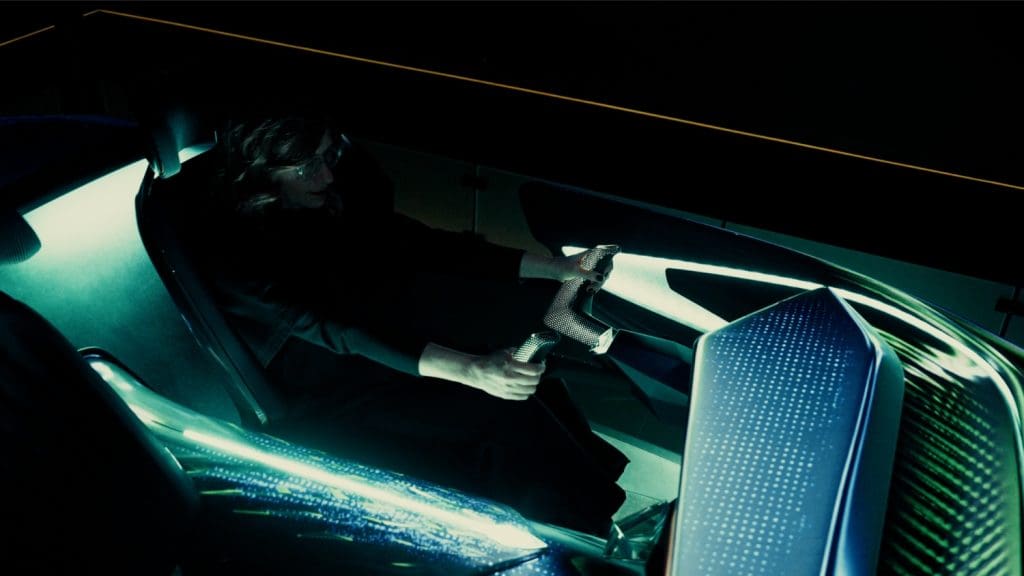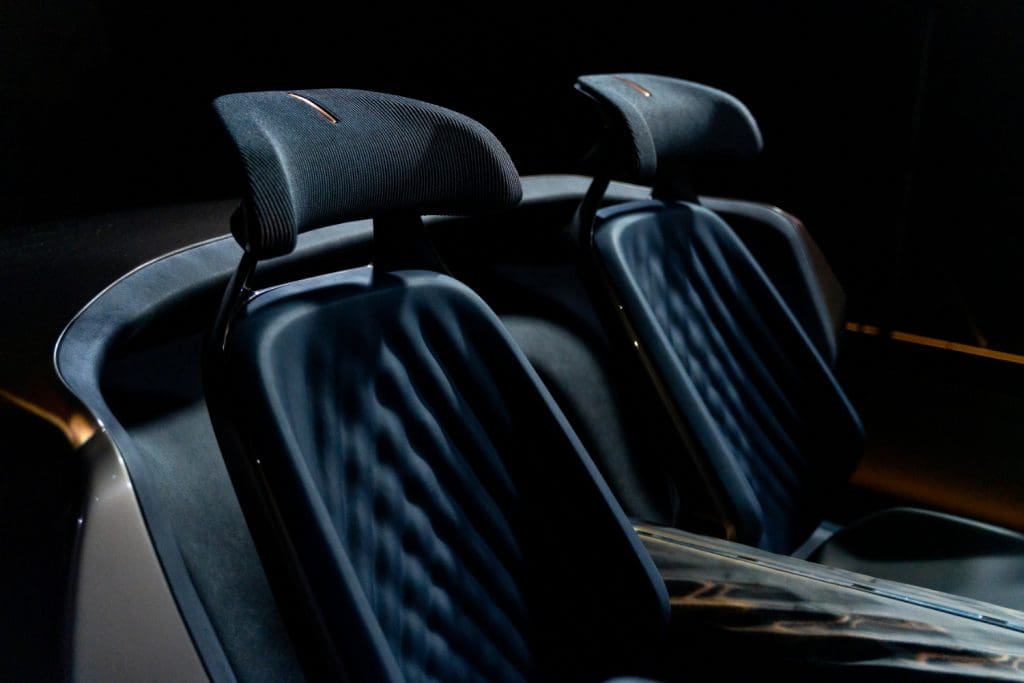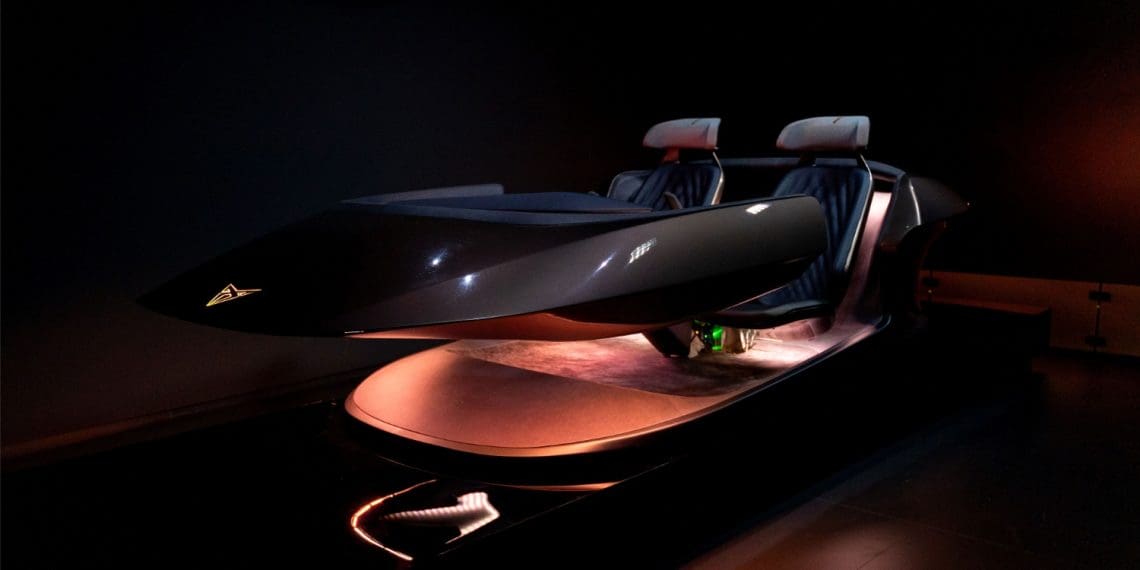Cupra took advantage of its presence at Milan Design Week to reveal a study that anticipates the future of the brand’s interior design.
The Cupra Sensorial Capsule showcases how technology, materiality, and emotion merge in a sensory proposal that bets on a unique experience.

In this way, the Cupra Sensorial Capsule aims to deepen the brand’s design language holistically. This approach “focuses on the binomial connection between the driver and their Cupra, presenting the automobile not as a machine, but as a living entity”, explains Francesca Sangalli, creative head of the Cupra Design House.
Inside the capsule, the environment intuitively reacts to gestures, preferences, and emotions, creating a fluid and organic connection between the driver and the vehicle.

The experience is shaped by light and sound, highlighting a new central element: a prism that represents “the soul of the automobile. It is the component that orchestrates the entire experience; everything starts from there”, the designer describes. The prism, made from a transparent material, incorporates a piece of copper, the metal that has symbolized the brand’s identity since the beginning. Interaction with the prism activates different rituals of light and sound in the cabin, associated with various driving modes.
The connection to the driver goes beyond the sensory. The materials and techniques applied in the interior, from the seats to the textures of the console and doors, represent an evolution of what is already used in the brand’s models, such as parametric design and additive manufacturing.

In this way, Cupra thus maintains its focus on sustainability, using technologies that reduce waste and reconcile design with craftsmanship. “With the parametric design of the substructure, we highlighted the surface to resemble a living being, with bones and skin”, said Francesca Sanfalli. Additive production is visible not only in the coverings but also in the headrest of the seats, finished with a 3D knitted fabric, “which allows for an aesthetic only possible with 3D technology, perfectly adapting to the required shapes, without waste of material, and exploring new design languages”, concludes the designer.










